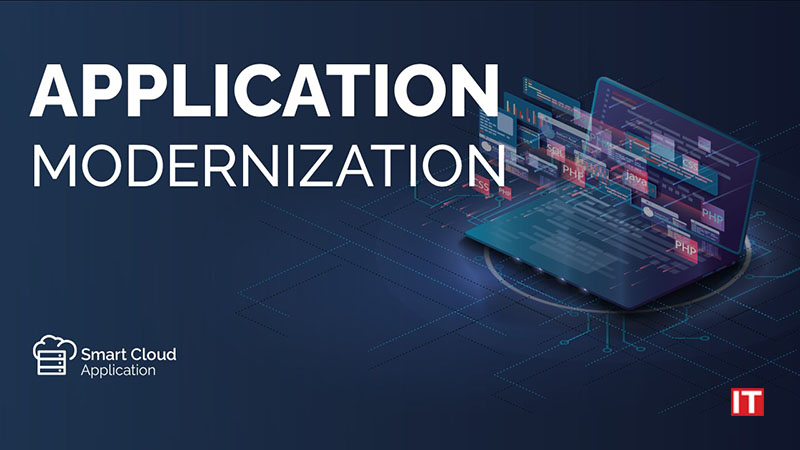Open-source software (OSS) has reshaped the technology outlook, allowing organizations of all sizes to quicken innovation, cut down costs, and encourage collective progress. From generating enterprise enquiries to supporting innovatory research, OSS is now essential for developing modern software’s. However, with notable benefits come remarkable risks. Security sensitivities, licensing complications, and threats to the supply chain are some challenges organizations must adhere to for fully supporting OSS.
Effectual open-source risk management makes sure that these challenges are reduced while increasing the benefits of OSS. This article goes through the necessities of handling open-source risks, and providing useful insights to help you build a safe and strong software framework.
Understanding Open-Source Risks
Open-source software’s ease of access and resilience make it an appealing choice for developers, but these qualities also pose a risk. Recognizing and understanding these risks is the first step towards productive supervision.
-
Security Vulnerabilities
OSS is publicly accessible, making it the main target for cyber attackers. A single vulnerability in a popular open-source library can have wide-ranging results.
Example: The Log4j vulnerability (Log4Shell) in 2021 uncovered millions of systems to possible exploits. Organizations depending on this library tend to weaken the threat, highlighting the need for dynamic risk management.
-
Licensing Compliance
Open-source projects are controlled by several licenses, like MIT, Apache, and GPL. Each comes with special requirements and limitations. Resistance can lead to legal fights, financial punishments, and damage to honor.
Case Study: A company accidentally including GPL-licensed code into exclusive software might be required to reveal its source code, likely revealing trade secrets.
-
Supply Chain Risks
The open-source ecosystem often includes complicated support chains. A compromised element in this chain can generate weakness across various systems.
Statistic: A 2023 Sonatype report showcased a 74.2% growth in software supply chain attacks over the past three years. This startling trend focuses on the profound need for tough supply chain management.
Foundations of Open-Source Risk Management
Building a safe and resilient software structure starts with an organized approach towards handling open-source risks. Given are the fundamental pillars that every organization should acquire.
-
Inventory and Assessment
Create an Inventory: Managing an over-achieving list of all open-source elements in your software, that comprise of direct and transitive reliance.
Assess Risk Levels: Frequently assess the risk profile of these components based on factors like urgency, usage, and sensitivities.
-
Automated Tools
Automation is the key to handling open-source risks efficiently.
Dependency Scanners: Tools like Dependabot, Snyk, and OWASP Dependency-Check can detect weaknesses in your reliance.
Software Composition Analysis (SCA): SCA tools provide a proper understanding into the security, permits, and quality of open-source elements.
-
Regular Updates
Out-dated software often hampers unresolved weaknesses. Execute strong patch management system to make sure all constituents to always be updated.
Tip: Properly plan periodic audits to spot and replace out-dated or baseless libraries.
Best Practices for Resilient Open-Source Usage
-
Develop an Open-Source Policy
An overarching open-source policy functions as a roadmap for OSS usage within your organization. Key elements it includes are:
Approved Licenses: Explains which licenses are allowed and are in line with the goals set for your business.
Contribution Guidelines: Initiate rules for providing to or using external OSS projects.
Approval Processes: Outline procedures for evaluating and embracing new reliance’s.
-
Integrate Security Early
Security must be a core thought from the origin of the evolution lifecycle.
Static and Dynamic Analysis: Perform static and dynamic code analysis on a daily basis to identify weaknesses.
Developer Training: Train your development team on safe coding practices and frequent threats.
-
Monitor Supply Chains
As open-source ecosystems expand, so does the complications of their supply chains. Use tools like Sigstore or Chain Guard to magnify clarity and confirm the solidarity of components.
Example: Sigstore issues cryptographic signing to certify the originality of open-source elements, lowering the risk of malign infiltration of codes.
-
Establish an Incident Response Plan
Be ready for possible sceptibility with a clear strategy to respond to incidences. Crucial steps include:
Define Roles: Allocate responsibilities to team members for uninterrupted action.
Patch Processes: Refine a simplified process for testing and establishing fixes.
Also Read: Understanding Enterprise IT and its Role in Business Efficiency
Real-World Examples of Open-Source Risk Management
Case Study 1: The Heart bleed Bug
In 2014, the Heart bleed vulnerability in OpenSSL uncovered delicate data from thousands of servers all over the world. Organizations with energetic observing and patching systems reduced their vulnerability, while those without such measures faced serious consequences.
Case Study 2: Equifax Data Breach
The 2017 Equifax breach, caused by an unpatched Apache Struts vulnerability, resulted in the revelation of over 147 million personal records. The incident costed Equifax over $1.4 billion and focused the significance of time-to-time updates and risk assessments.
Open-Source Governance: A Strategic Approach
Governance ensures regularity, concession, and security in handling open-source software for an organization. Valuable governance frameworks include:
Open-Source Review Board (OSRB)
An OSRB supervises the acquiring and use of open-source software within the organization. It is responsible for:
- Accepting new reliance’s.
- Safe-guarding obedience with corporate policies.
- Observing risk levels of subsistent components.
Training Programs
Provide your developers with an understanding about open-source licenses, best practices in security, and common weaknesses. Training sessions on a daily basis help promote security-first culture.
Metrics and KPIs
Track and estimate the success of your open-source governance efforts. Key performance indicators (KPIs) include:
- Percentage of rectified vulnerabilities.
- Time taken to amend possible risks.
- Number of approved versus rejected dependencies.
Emerging Trends in Open-Source Risk Management
As open-source adoption keeps growing, new trends are enabling organizations to manage risks.
-
AI-Powered Tools
Artificial intelligence is transforming vulnerability detection and assessing risks.
Example: AI-driven tools can identify irregularities in open-source dependencies, predict possible weaknesses, and automate traceability checks.
-
Shift-Left Security
The shift-left approach unites security into the early stages of the development lifecycle. This energetic strategy minimizes the cost and impact of addressing weaknesses later.
-
Collaborative Ecosystems
Strategies like the Open Source Security Foundation (OpenSSF) bring together industry leaders to enhance the security and honesty of open-source software. Collaboration takes care of the shared responsibility and cumulative progress.
Building a Resilient Software Framework: Actionable Insights
- Conduct Regular Audits: Periodic reviews of your open-source description help identify old-fashioned or unprotected components.
- Invest in Automation: Strengthen reliance scanners and SCA tools for continual observing.
- Foster a Security-First Culture: Train your team on best practices and engage them in administration efforts.
- Collaborate with the Community: Actively participate in open-source communities to stay informed about emerging risks and solutions.
Conclusion
Open-source software is the cornerstone of modern innovation, offering benefits that are unmatched in terms of cost efficiency and development speed. But with great benefits comes great responsibility. By understanding the risks, adopting best practices, and fostering a culture of proactive governance, organizations can build secure and resilient software frameworks.
Open-source risk management is about more than avoiding threats-it is about arming your organization with the power to innovate. From developer to IT leader and on up to the decision-maker, a well-thought-out strategy for OSS management will secure success in a progressively interconnected digital environment.
































